A Small Town with a Big History
The area that is now St. Albans seems like an average small town. The truth is, though, that there is nothing small or average about its history. Our town’s history dates back thousands of years to Native American tribes who lived, farmed, hunted, and fished here. Archaeologists have located artifacts that date between 9,000 and 13,000 years old. This leads many experts to believe that St. Albans is one of the oldest continually-inhabited areas of West Virginia.
Check out our timeline of the main points in history of our area below!

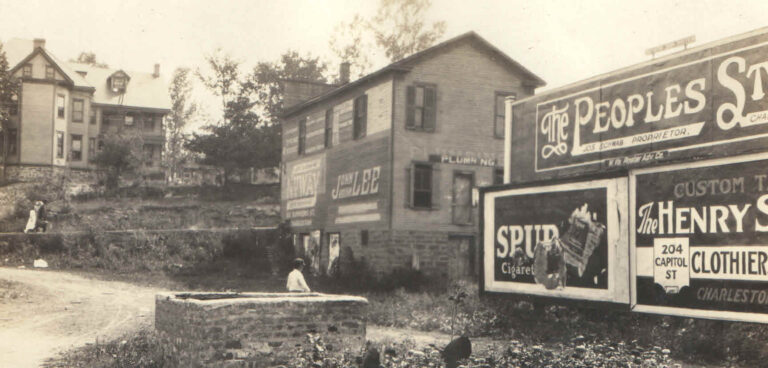
Historical Timeline of St. Albans, WV
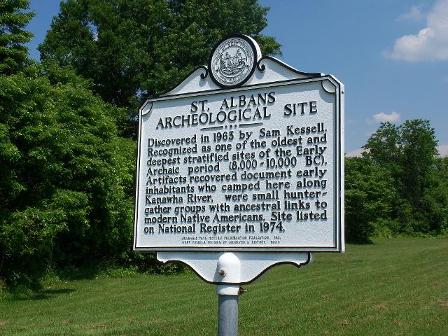
8,000-13,000 BC
Early Settlers
In 1963, Samuel D. Kessell was fishing on the bank of the Kanawha River and discovered what he thought to be Native American artifacts. The West Virginia Geological and Economic Survey conducted excavations from 1964 through 1968. Studies were also conducted in the 1970's and 1990's.
8,000-13,000 BC
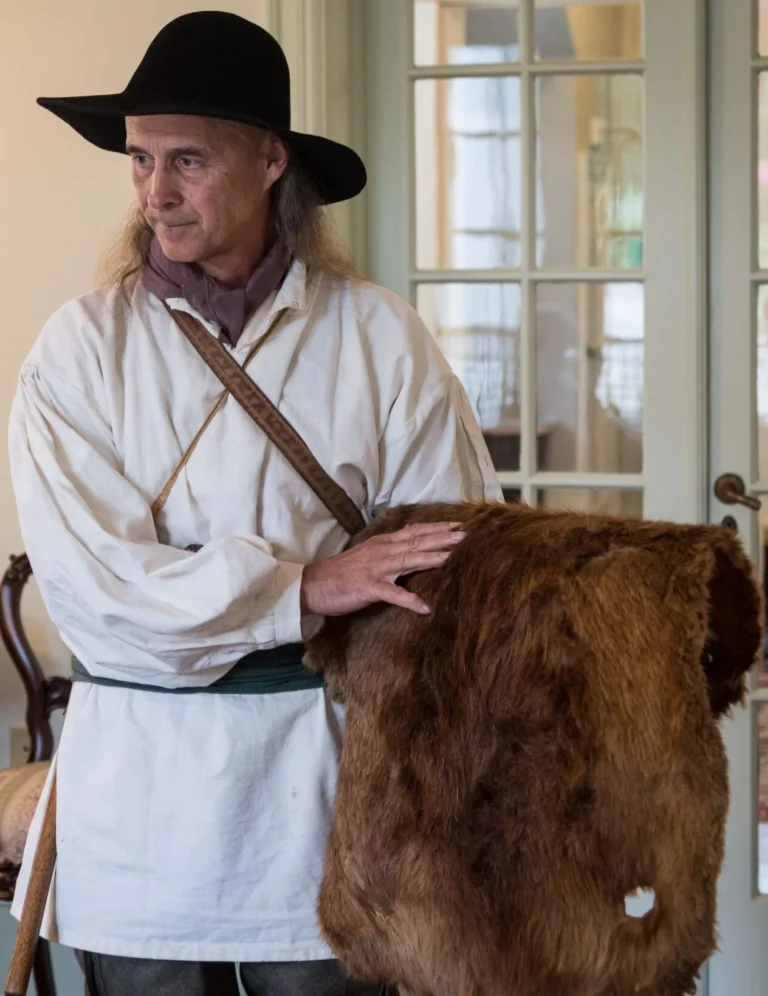
1674
Gabriel Arthur
In 1674, 20-year-old fur trader, Gabriel Arthur, joined some Native Americans on an expedition that included exploration of what is now the Kanawha Valley. He is believed to have been the first European to see the Kanawha River. He met up with a tribe of Native Americans called the Moneton; historians disagree whether he met with them in St. Albans or Buffalo. Regardless, it is highly likely that Arthur would have passed through what is now St. Albans during his excursions.
1674
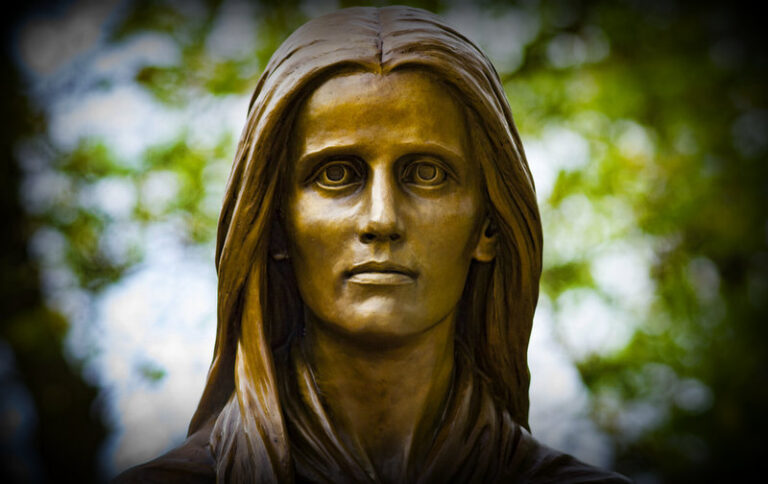
1755
Mary Ingles
During her long trek (documented in the 1981 book Follow the River by James Alexander Thorn) to freedom from captivity by the Shawnee tribe, Mary Ingles and her fellow escapee passed through what is now St. Albans on her daring escape home from Ohio to Virginia. They had to cross the Coal River because they were unable to swim in the depths of the Kanawha River.
1755

1774
George Washington Survey
William Crawford and John Floyd surveyed the land that is now St. Albans on behalf of George Washington in 1774. Washington's lands in this area went to his nephews and nieces (or their children).
1774

1788
Fort Tackett
Lewis Tackett and some other settlers built a fort near the Kanawha River around 1788. While the exact location is unknown, it is believed to have been in the vicinity of what is now 84 Lumber (on Route 817). It was the first known permanent settlement in the area now known as St. Albans.
1788
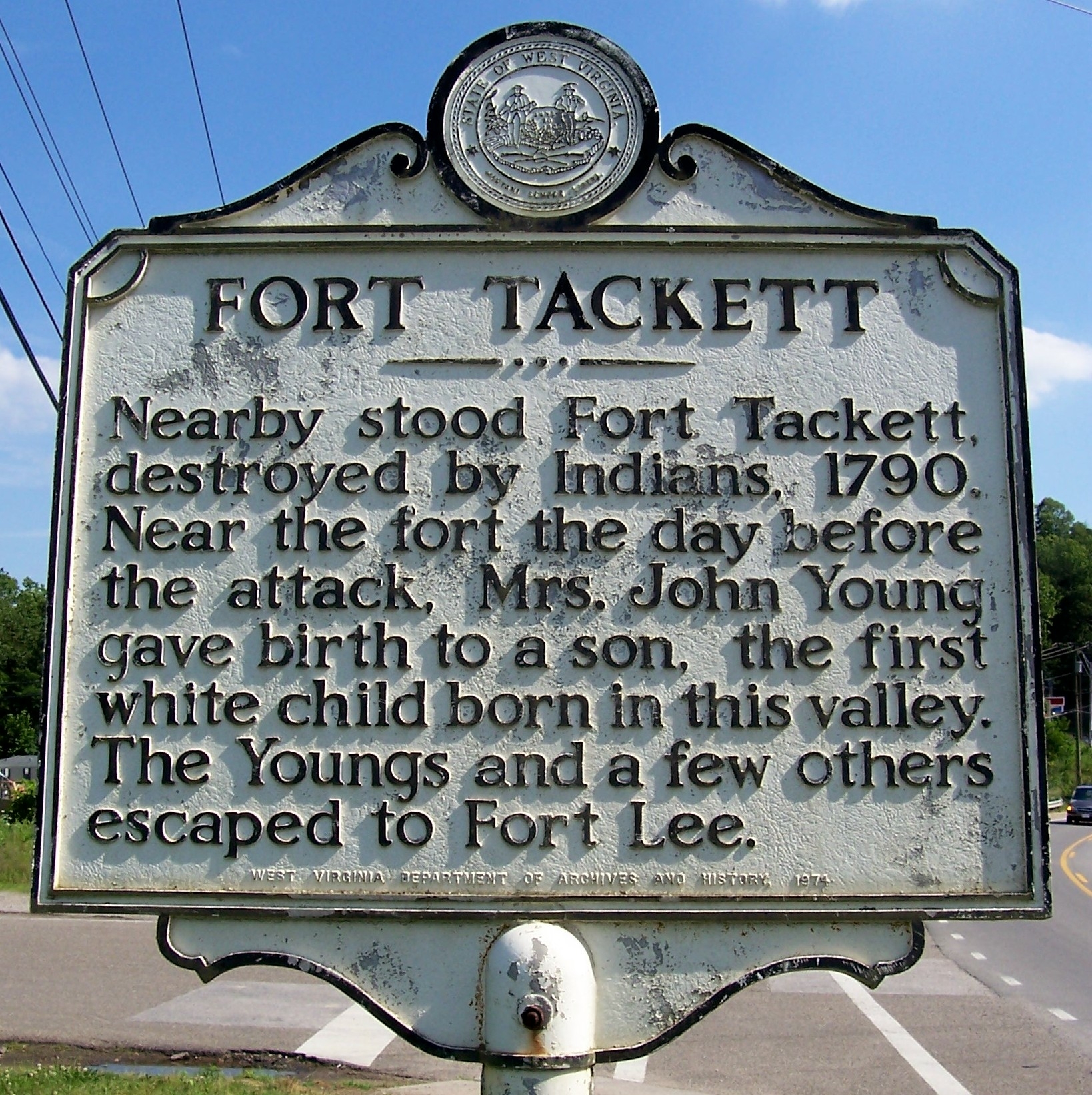
August 26, 1790
The Burning of Fort Tackett
On August 26, 1790, the Shawnee tribe attacked Fort Tackett. John Young escaped the captivity, carrying his wife Keziah and infant son Jacob. He stole a canoe from the attackers and paddled to Fort Lee (modern-day Charleston). Afterwards, the Shawnee burned the fort and many settlers were killed.
August 26, 1790

1791
Daniel Boone
Daniel Boone would have undoubtedly visited what is now St. Albans during his travels. In 1791, Boone wrote that there were no inhabitants from Point Pleasant to Charleston. This would have included present-day St. Albans.
1791

1793
Stephen Teays
Stephen Teays built one of the first permanent homes on the bank of the Coal River. At the time (1793), there were only one or two other families living in the vicinity, leaving the Teays family as one of the few between Charleston and Hurricane. (NOTE: The railroad bridge came much later.)
1793

Late 1700's
The Old State Road/Toll Bridge
The "Old State Road" was established in the late 1700's and was improved upon in the early 1800's. It was not as wide as the federal specifications for roads required, but the laws were less strict in those days. In 1828, Stephen Teays and Philip Rootes Thompson built a toll bridge over the Coal River to add more convenience for travelers of the road. Teays also built a tavern for travelers to eat, drink, and rest. The tavern was on the west side of the Coal River.
Late 1700's
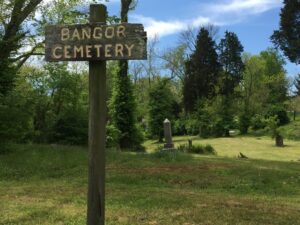
1825
Bangor Parish Episcopal Church
Bangor Parish Episcopal Church has roots that date back to 1814 and continue to this day. The original church building was built by Morris Hudson in 1825. It caught fire in 1845 and was rebuilt in 1847 as St. Mark's Episcopal Church, which still stands today.
1825

1827
Eliza Fry's School for Ladies
Eliza Rootes Thompson Fry (the daughter of Philip Thompson, the "Father of St. Albans") opened Eliza Fry's School for Young Ladies in 1827.
1827
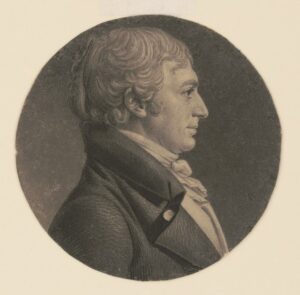
1832
A City Is Born
Philip Rootes Thompson is known as the "Father of St. Albans". He set up lots and a city grid of streets in 1832. He represented Virginia in Congress and practiced law. At one time, the town was called "Philipi" in his honor.
1832
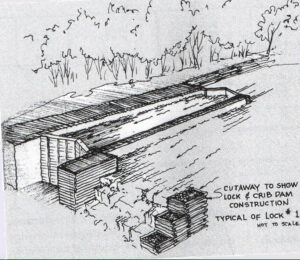
1854-1857
Locks and Dam System
Between 1854 and 1857, eight locks and dams were built on the Coal River to facilitate the movement of
“cannel coal.” Cannel coal was used to create fuel oil (coal oil) for lamps.
1854-1857

1857
Col. John Cunningham
Colonel John Cunningham (a Union soldier) acquired most of Phillip
Thompson’s land, the place was renamed Jefferson (presumably after Thomas).
1857
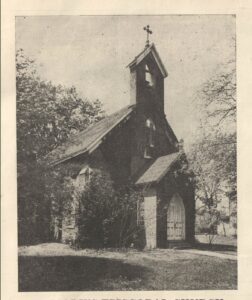
1861-1865
The Civil War Years
One of the early skirmishes of the Civil War occurred close to our town. Union and Confederate camps were based here. The Union Army used St. Mark's Episcopal Church as a hospital during the "War Between the States".
1861-1865

1871-1872
The Railroad and a New Name
Collis P. Huntington brought the C&O Railroad to town. Subsequently, he named the city St. Albans (from Coalsmouth) after the hometown of his chief counsel H.C. Parsons (St. Albans, Vermont). The current depot (pictured and still standing) was built in 1906.
1871-1872

1906
Main Street Fires
In 1906, two separate fires ravaged Main Street. Many of the buildings (seen here in a 1904 picture) were destroyed. Two things happened as a result: the city passed an law that all buildings on Main Street must be constructed with brick or stone AND they purchased a fire cart, 150 feet of hose to create our first fire department!
1906
